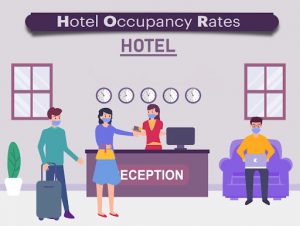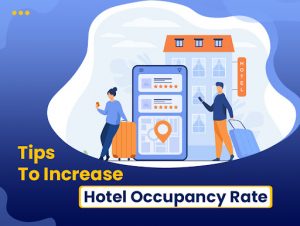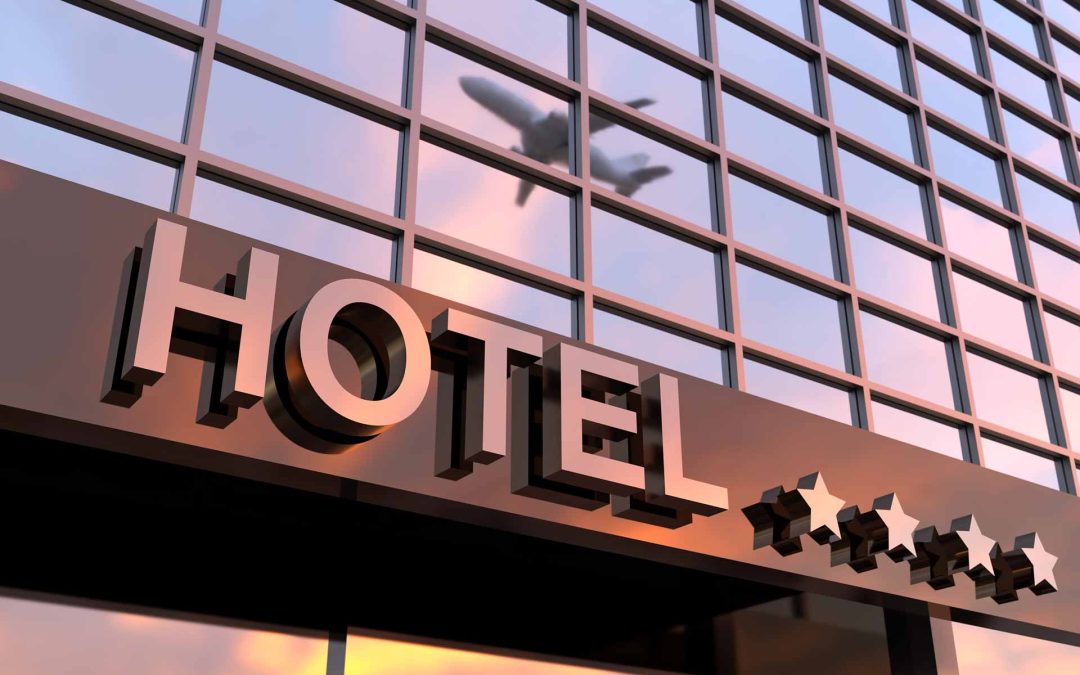For hotel owners, occupancy is a continual worry. Naturally, you want to have an occupancy rate that is as near to 100% as feasible. How you accomplish this goal is the key question. We’ve thought about the issue and put together a list of recommendations to aid you in raising your occupancy rate.
The percentage of occupied rooms in your hotel at any particular time is known as the occupancy rate. An occupancy rate, which displays the proportion of rooms occupied at a particular time, is calculated by dividing the number of occupied rooms by the number of available rooms and multiplying the result by 100.
The simple formula to calculate hotel room occupancy is here:
Occupancy rate:
Number of occupied room
______________________ *100
Number of available room
For instance, if your hotel has 20 rooms and last night you sold 10 of them, the occupancy rate would be 50%.
Also keep in mind that when we refer to available rooms, we only mean those that are currently in use and available for rental, not those that are undergoing maintenance or occupied by personnel.
Why is the occupancy rate important?
The occupancy rate is a crucial KPI(Key performance indicator) that indicates how full your hotel is. You can learn how your hotel is doing at various times by keeping track of it over time. It can reveal to you that the weekends, holidays, or times when certain athletic events are held locally are the busiest times for visitors to your property. Anyhow, you’ll be more aware of where to concentrate your marketing efforts to increase your occupancy rate as well as revenue.
The best approach to raise your occupancy rate is to implement length of stay (LOS) limitations.

How to Calculate Hotel Occupancy
Minimum length of stay: When you expect a period of high demand followed by a period of low demand, accept longer duration stays and reject shorter duration stays for arrival. By doing this, you can enhance occupancy during the subsequent slack period.
Maximum length of stay: Don’t accept reservations for multiple-night stays that extend into your time of high demand at the specified rates (when you expect to sell rooms at higher rates). Visitors who want to stay longer than the permitted length of stay may be charged the rack rate for additional nights.
Close to arrival dates: When there is a high demand and you anticipate maximizing occupancy through stayovers rather than fresh arrivals, only take reservations for customers who will be staying through from previous nights, not the customers whose arrivals are in question.
Other ways to increase the occupancy rate

Hotel Occupancy Rates
Make bookings easier– Sometimes, hotels’ websites are out of date, and the reservation procedure isn’t as efficient as it could be, turning away potential customers. To enable speedy accommodation reservations on your website, consider implementing a booking engine.
Prefer Local Business- You might establish a relationship offering discounts in each other’s enterprises, benefiting from the flow of clients in the food market, or participating in events, for example, by connecting with restaurants or travel organizations.
Say a big yes to packages and promotions- Offering your clients additional discounts or services will increase the appeal of your hotel and can be crucial to luring new guests during low occupancy periods.
Take advantage of the revenue management system and dynamic pricing– Now that you understand how to calculate the hotel occupancy rate and what it means for your company, you may use the revenue management system to create goals for your hotel, determine the optimum rates, optimize your occupancy, and raise revenues.
Conclusion
However, many hotel owners prioritize the occupancy rate and concentrate on raising it, forgetting that the main objective is to boost revenue rather than fill the rooms. Therefore, you must monitor your occupancy rate in conjunction with your ADR (average daily rate). Those two KPIs let you get the complete picture as sometimes higher occupancy does not result in greater profit (for instance, when you cut the rates).
A modern, AI-based revenue management system can automatically generate a strategy for each future date that balances occupancy and ADR in a way that guarantees optimal revenues.
Your occupancy rate can increase by 13 percent, and your revenue can increase by 19 percent, by using revenue management software. Click here to learn more about the revenue management system!

